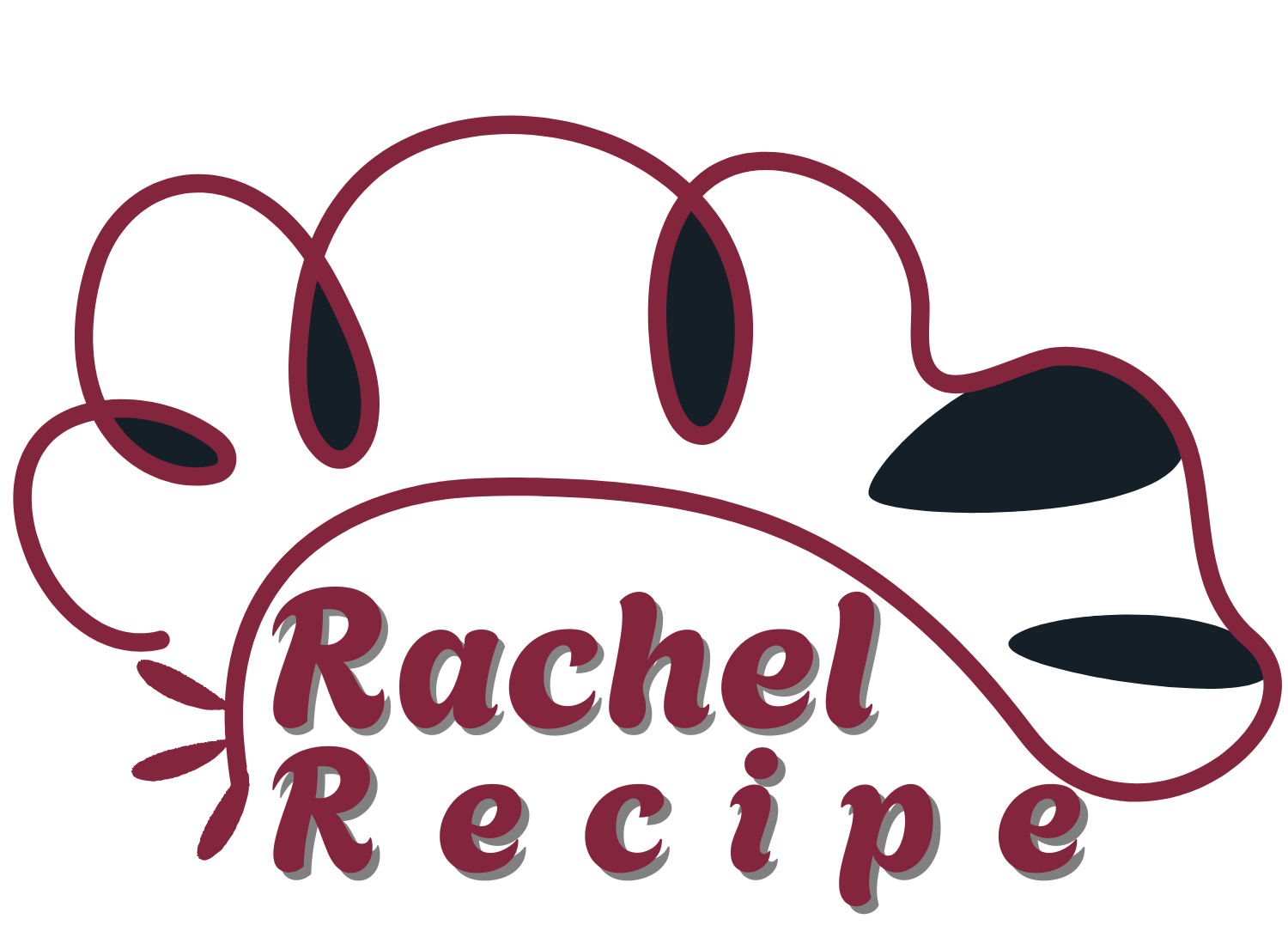This Bittersweet Chocolate Cake is a nod to indulgent 1980s baking, adapted from the iconic Silver Palate Cookbook. With nearly a pound of chocolate, a full dozen eggs, and rich butter, it strikes the perfect balance between airiness and deep, satisfying richness. The addition of orange zest brings a bright, aromatic lift that cuts through the density of the chocolate, making every bite complex and luxurious.
This cake is a celebration of bold, unapologetic flavor. It doesn’t rely on frosting or flashy decorations—it lets the quality of the chocolate and the expert structure do the talking. Serve it chilled with a dusting of powdered sugar for an elegant finish. Whether for a holiday gathering or a romantic dinner party, this dessert is sure to steal the spotlight.
Full Recipe:
-
12 large eggs, separated
-
2 cups (400g) granulated sugar
-
14 ounces (400g) bittersweet or semisweet chocolate, grated or finely chopped
-
4 tablespoons (60ml) water (plus 1-2 tablespoons more if needed)
-
Pinch of kosher salt
-
3 1/2 sticks (400g) unsalted butter, softened
-
2 teaspoons orange zest
-
1 cup (135g) all-purpose flour, sifted
-
Powdered sugar, for garnish
-
Butter and sugar for greasing the springform pan
Directions:
-
Preheat oven to 325°F (160°C). Butter a 9-inch or 10-inch springform pan, coat with sugar, and tap out excess.
-
In a large mixing bowl, beat egg yolks and granulated sugar until pale yellow and thick (about 2–3 minutes on medium speed).
-
Melt chocolate with 4 tablespoons water in a double boiler, whisking until smooth. Add a bit more water if chocolate thickens too much. Stir in a pinch of salt. Let cool to warm.
-
Gently fold melted chocolate into the yolk mixture. Stir in softened butter, orange zest, and sifted flour until well combined.
-
In a separate bowl, beat egg whites until stiff peaks form. Stir one-third of the egg whites into the chocolate mixture to loosen it. Gently fold in the remaining whites in two additions, avoiding over-mixing.
-
Pour batter into prepared pan. Bake for 1 hour and 20 minutes, or until a cake tester comes out clean or a digital thermometer reads 200°F (93°C).
-
Cool on a wire rack for 15 minutes, then remove the pan’s rim. Allow the cake to cool completely. Refrigerate before serving.
-
Dust with powdered sugar just before serving.
Prep Time: 30 minutes | Cooking Time: 1 hour 20 minutes | Total Time: 1 hour 50 minutes
Kcal: 763 kcal per serving | Servings: 20
A Classic Reimagined: The Story Behind Bittersweet Chocolate Cake
Bittersweet Chocolate Cake isn’t just a dessert—it’s a legacy. Adapted from the iconic Silver Palate Cookbook, this cake reflects a time in culinary history when bold flavors and rich textures took center stage. The recipe itself is a tribute to the lavishness of the 1980s, featuring generous amounts of chocolate, eggs, and butter. But what sets it apart from many other chocolate cakes is its elegance and restraint—it skips the frosting and instead relies on the sheer richness of its ingredients to shine. This cake is a paradox: light in texture yet decadent in flavor, rustic in appearance yet sophisticated on the palate.
The beauty of this recipe lies in its simplicity and precision. Despite using fewer components than your typical chocolate layer cake, it achieves a remarkable depth of flavor. The generous use of bittersweet chocolate—nearly a pound—paired with fresh orange zest, gives this cake a distinct profile. It’s refined, but not fussy. It’s perfect for special occasions, yet simple enough to be your go-to recipe when you’re craving something intensely chocolatey.
Why Bittersweet Chocolate Makes a Difference
One of the hallmarks of this cake is the use of bittersweet or semisweet chocolate, not cocoa powder or overly sweet milk chocolate. Bittersweet chocolate typically contains 60% to 85% cacao, which means it’s richer, more intense, and less sugary than your average chocolate. This makes it the ideal choice for creating a cake that feels indulgent but not cloying.
Bittersweet chocolate brings layers of complexity—earthy, fruity, even slightly smoky notes—that elevate this cake from a simple sweet treat to a full-flavored dessert experience. The addition of orange zest provides just the right amount of citrus lift, complementing the chocolate without overwhelming it.
Using high-quality chocolate is key. Brands like Guittard, Ghirardelli, or Scharffen Berger are recommended, but the real secret lies in using chocolate bars or blocks rather than chocolate chips, which often contain stabilizers that inhibit melting and texture.
The Role of Eggs and Butter in Structure and Richness
The richness of this cake is further enhanced by the use of 12 eggs—an unusually high number for a cake. But their role goes beyond flavor; they provide essential structure. The yolks contribute moisture, fat, and color, while the whipped whites are folded in to lighten the batter, allowing the cake to rise and maintain a delicate crumb despite its density.
Similarly, the cake calls for almost a pound of butter. This creates a luxurious mouthfeel and keeps the crumb tender and moist. With just one cup of flour used in the entire cake, it edges toward a torte-style dessert—dense but not heavy, indulgent but not overwhelming.
The chemistry of the eggs and butter, when combined properly, allows the cake to maintain a balance between firmness and airiness. It slices cleanly, holds together beautifully, and melts in your mouth with each bite.
Mastering the Technique: Tips for Success
This is not a beginner’s cake, but it’s well within reach for anyone who’s willing to be patient and follow a few essential techniques. The most crucial steps involve melting the chocolate correctly, whipping the egg whites to stiff peaks, and folding them into the batter without deflating them.
Melting the chocolate slowly and gently is vital. A double boiler is your best friend here—preventing scorching and ensuring a silky, uniform texture. Always keep the bowl of chocolate above, not touching, the simmering water. Stir continuously and remove it from heat as soon as it’s fully melted.
Whipping the egg whites requires precision. Make sure the bowl and beaters are completely clean and free of any fat or yolk, or the whites won’t whip properly. Begin on a slow speed, then gradually increase until you achieve firm, glossy peaks.
Folding is where many bakers go wrong. The first third of whipped whites should be stirred in to loosen the thick batter, and the rest folded carefully using a spatula, turning the bowl as you go. The goal is to keep as much air as possible in the mixture without overmixing. The result? A cake that rises well and has a light, soufflé-like interior.
No Frosting, No Problem: A Bold Decision
In an era where over-the-top frosting, ganache, or fondant often take center stage, this cake dares to go without. And it works beautifully. The natural cracks that form on top as it bakes add rustic charm, while a light dusting of powdered sugar is all the visual finish it needs.
This decision speaks volumes about the confidence of the original recipe creators. The flavor is so bold and nuanced that anything else would be a distraction. The cake doesn’t need adornment—it is the star.
If desired, it can be served with fresh whipped cream or a small scoop of vanilla gelato, but that’s optional and not necessary to enjoy its full impact.
Perfect for Any Occasion
While this cake has a formal presence—perfect for holidays, birthdays, or dinner parties—it’s also practical enough for more casual moments. Its ability to be made a day ahead (or even two) makes it ideal for busy hosts who still want to serve something impressive. In fact, the flavor deepens after a night in the refrigerator, allowing the chocolate and orange to fully marry.
It transports well, slices cleanly, and retains its moisture and texture even after several days. This durability, paired with its flavor profile, makes it a favorite for gifting or taking to events where you want to leave an impression.
Storage, Make-Ahead, and Serving Tips
After cooling fully, this cake should be stored in the refrigerator. Chilling helps firm it up, which improves slicing and intensifies its flavor. It can be served cold, at room temperature, or slightly warmed—each offering a different experience. When served cold, it’s dense and truffle-like; at room temp, it’s tender and soft with pronounced citrus notes.
You can also freeze it in slices, wrapped tightly, for up to a month. It’s a smart dessert to make ahead for entertaining, as it tastes just as fresh (if not better) after a couple of days in the fridge.
Sprinkle with powdered sugar just before serving, and if desired, garnish with orange peel curls or shaved chocolate for a restaurant-worthy presentation.
Conclusion: A Recipe Worth Mastering
The Bittersweet Chocolate Cake is a true celebration of flavor, texture, and history. Adapted from a legendary cookbook that shaped American culinary culture, it remains relevant, delicious, and beloved today. It’s not just a dessert—it’s a conversation piece. Every slice tells the story of a well-balanced recipe crafted with purpose, skill, and a deep understanding of ingredients.
Whether you’re an experienced baker looking for a classic to perfect, or a passionate home cook ready to try something ambitious, this cake will reward your efforts. Its deep, rich chocolate flavor, light and airy texture, and elegant citrus aroma combine to create an unforgettable dessert. Once you’ve made it, it will likely become a staple in your collection—something you return to for years to come.
This cake doesn’t just impress—it satisfies. And in a world full of overly sweet, heavily frosted desserts, this simple, unadorned beauty stands tall.






